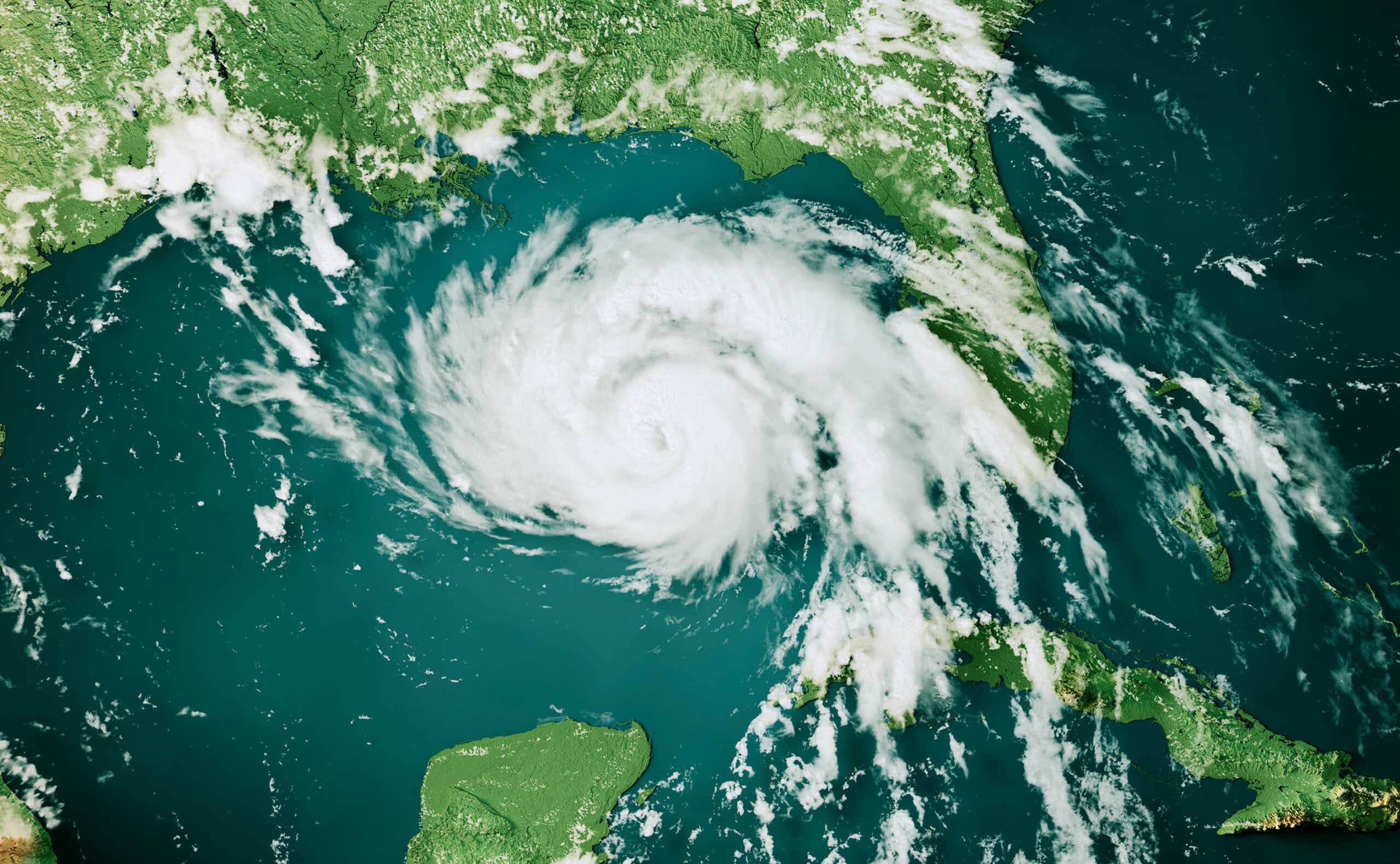In the wake of Hurricane Ian's destructive rampage across Cuba and Florida, experts have begun to take on the daunting task of tallying up the costs of the storm — and insurers are bracing for major impact. According to initial reports by a risk modeling firm, insurance companies might be slammed with $57 billion or more in losses, due to damage from wind, storm surge, and inland flooding.
This makes Hurricane Ian the costliest storm in Florida since Hurricane Andrew in 1992 — and everyone's about to pay the price.
It's hard to overstate the growing financial crisis within the insurance company, one that hurts corporations and homeowners alike. Per Reuters, it's expected that a number of insurers will soon declare bankruptcy in Florida, thanks to Hurricane Ian, and countless homeowners will likely become delinquent in their insurance payments. Others will face the loss of their coverage altogether as more companies fold from the financial weight of payouts.
But perhaps the most important takeaway is this one: The insurance crisis isn't just a problem for people who live in hurricane-prone areas like Florida or wildfire-prone areas like California. It's a nationwide problem, one that will only grow more acute in the years to come.
As hurricanes move inland, more people will need flood insurance for their homes
The data is in, and scientists agree on the future of hurricanes: Warming waters from climate change are making hurricanes stronger and allowing them to sustain power for longer periods of time. This means these super storms will increasingly be able to move further inland in future years, threatening the lives and property of a growing number of Americans.
“Sea levels have risen around the planet as it’s gotten warmer, which means storm surge is higher and reaches further inland," Kristina Dahl, a climate scientist from the Union of Concerned Scientists, recently told The Guardian. In other words, living 20 minutes from the beach is no longer an excuse to avoid getting flood insurance.
Adding to the rising threat of floods is the fact that hurricanes are statistically slower-moving than they were decades ago, which means that they increasingly tend to linger over an area, dumping rain and causing historic storm surges for non-coastal areas.
Complicating this issue further are two additional factors: First, hurricane hotbeds like Florida and South Carolina are continuing to see rapid population increases with each year, and second, it's not always easy to find out the flood history of a home you're considering. Realtors aren't required to tell you the flood history of a home, for example, and flood records for an area can be inaccurate and difficult to procure.
“If every realtor was required to tell people, ‘You should know over the period of your mortgage your home will flood at least once, maybe twice,’ I think people would go, 'Whoa, what?” Rob Moore, a senior policy analyst at the Natural Resources Defense Council, an environmental advocacy group, told The Washington Post. “But due to policy failures in state capitals and in Washington, we have made it extremely difficult for people to not only find that information but to even tell people about it.”
All of this combines to create a perfect storm (wordplay intended) for homeowners and insurance companies alike: our current insurance system simply wasn't built to cover this many people, to provide this many payouts, and to generally weather disasters at the volume and frequency we're starting to see regularly. As a result, the system is beginning to buckle beneath the pressure.
Insurance companies are leaving customers to fend for themselves
At the same time as a greater population across the country is becoming more vulnerable to common natural disasters, insurance companies are folding left and right from the pressure of a failing system. This means that customers in areas prone to natural disasters are being informed they will no longer be covered by any number of insurance policies, from flood to basic homeowner policies.
In the wake of Hurricane Katrina, for example, over 600,000 homeowner policies in Florida and Louisiana were canceled. In Florida alone, over a dozen insurance companies have shuttered since 2020, and another 30 insurance companies are currently on a watch list for financial instability. In turn, the insurance companies that remain in business are continuing to ratchet up the cost of premiums and deductibles in order to stay afloat, causing many homeowners to dip into their retirement savings to cover these basic insurance costs.
To Coastal Heritage Magazine, William Bailey, managing director of the Hurricane Insurance Information Center, explained, “Senior citizens in Miami shouldn’t have to choose between paying insurance premiums and buying food. People living on very tight budgets are seeing insurance rates going up, and they are forced to make choices they shouldn’t have to make.”
This issue is happening across the country — and the crisis is only deepening each year. Per CNBC, there were 20 separate billion-dollar natural disasters in 2021, compared to an average of 12 since 2000. These 20 natural disasters cost $145 billion cumulatively, and insurance policy premiums increased across the country by 12 percent on average that year.
For some people, that number has increased exponentially. One couple living on the coast of South Carolina saw their premium increase 77 percent in one year. “It’s more than a mortgage payment,” the homeowner said of the jump to Coastal Heritage Magazine.
So what next?
At the risk of pointing out a bit more doom and gloom...This insurance crisis doesn't seem poised to slow down any time soon. In fact, it might get exponentially worse. All you can do about it is keep this knowledge in mind when making decisions about where to live, when to move, and how to allocate financial resources for the future.









